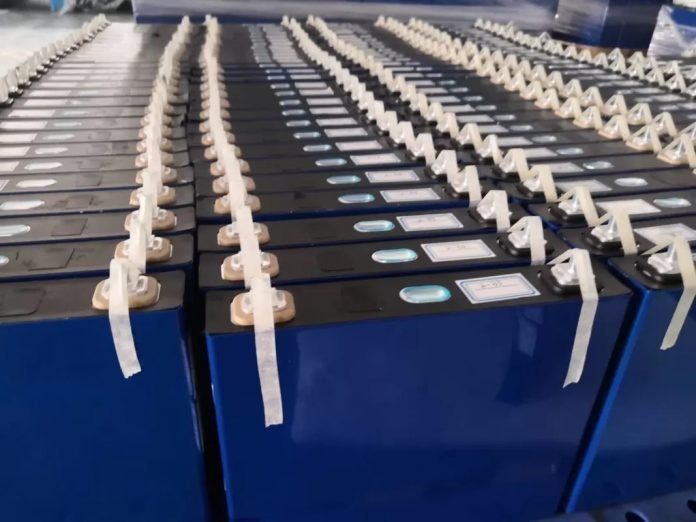One of the most important components of electric vehicles is the battery they contain. The most striking feature of the batteries is the capacity they offer, because the travel distances offered by the vehicles depend on this. More capacity means more travel opportunities. However, other variables such as the capacity-to-weight ratios of the batteries, charging cycles, safety conditions and of course production costs are also important factors in which technology will be preferred.
Lithium ion-based batteries are predominantly used in electric vehicles. The biggest factor in the preference for lithium-based batteries is that they hold more capacity per unit area. They also offer advantages such as being able to be charged-discharged repeatedly and fast charging. In addition, they have the ability to store energy without losing it when not in use.
Lithium-ion batteries are generally used in electric vehicles, but there are different variations of this technology. In general, these batteries have the characteristics of lithium-ion technology, but they also have a number of advantages and disadvantages. Many organizations are working hard to produce lighter, cheaper and more reliable batteries with higher capacity. While working on battery technologies, organizations are also trying to reduce costs by using more sustainable materials and aim to develop more environmentally friendly products.
Lithium ion batteries, which have recently been the most popular choice of vehicle manufacturers and battery companies, have a lithium iron phosphate structure known as LFP. Many companies prefer batteries with this chemistry for use in their new vehicles, and LFP battery production facilities are being built in different parts of the world. LFP batteries are lighter, charge faster and are not as toxic as cobalt oxide or manganese oxide Lithium batteries. On the capacity side, LFP batteries have a lower energy density than NMC. However, new packaging techniques make the difference almost insignificant as they are more flexible in terms of temperature.
Batteries account for around one-third of the cost of an electric vehicle due to the costs associated with the extraction of the materials required in battery production. Rare elements such as nickel, cobalt and manganese used in lithium batteries such as LCO, NMC and NCA drive up the price of these batteries. The iron component used in LFP (Lithium iron oxide) batteries, on the other hand, brings a significant cost advantage as it is abundantly available in the world.
When NMC or NCA batteries are charged at 100 percent, their life cycle is significantly reduced. However, LFP batteries promise a charge cycle of over 3000 even when used at 100 percent charge. This makes LFP batteries usable by the user for longer, further reducing the cost of ownership.
LFP batteries are safer than their competitors and are not as susceptible to overcharging or short circuits. In addition, LFP batteries are almost impossible to catch fire. Unlike others, they do not catch fire even when the battery cell is punctured, making it the most reliable chemical solution. Despite the many safeguards in place, battery-related vehicle fires are not uncommon, and this is a cause for concern for some users. The fact that LFP provides this level of safety against fire is a significant advantage for both manufacturers and users.
Another advantage of LFP is that it is environmentally sustainable. LFP batteries do not contain any toxic substances, making them safer for the environment. The chemicals in these batteries do not degrade and are very difficult to cause leakage. This means that they cause almost no harm to the environment.
LFP batteries, which first appeared in 1996, have evolved over time and continue to evolve, finding more and more place in electric vehicles. Their low production costs, eco-friendliness and, above all, their greater resistance to burning are the main reasons for their growing popularity.







